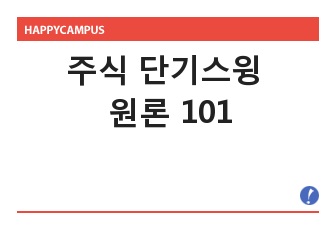[암반관련]Rock Discontinuities(암의 불연속성)
*웅*
다운로드
장바구니
목차
1. Introduction1.1 Effect of discontinuities on rock mass properties
1.2 Classification of discontinuities
1.3 Properties of discontinuities
2. Sampling And Testing of Rock Discontinuities
2.1 Sampling
2.2 Testing for deformability and strength
2.3 Effect of boundary conditions
3. Shear Strength Criteria for Rock Discontinuities
4. Shear Strength of A Fractured Rock Mass
5. Effect of Water on Joint Shear Strength
6. Hydraulic Properties of Fractures and Fractured Rock
6.1 Flow in a single fracture
6.2 Flow in a regularly jointed rock mass
본문내용
1. Introduction1.1 Effect of Discontinuities on Rock Mass Properties
Rock masses consist essentially of two constituents: intact rock and discontinuities. The existence of discontinuities in a rock mass creates anisotropy in its response to loading and unloading. Also, compared to intact rock, jointed rock show a higher permeability, reduced shear strength along the planes of discontinuity and increased deformability and negligible tensile strength in directions normal to those planes. Furthermore, discontinuities create scale effects. Finally, discontinuities form blocks by intersection that can result in stability problems during surface or underground excavations.
Three approaches can be followed to account for the effect of discontinuities on rock mass strength and deformability.
The first approach consists of empirically reducing the deformability and strength properties of rock masses from those measured on intact rock samples in the laboratory. Hoek and Brown (1980) proposed an empirical failure cirterion for rock masses containing two parameters and s that are related to the degree of rock mass fracturing. Empirical expressions have also been proposed between those parameters and the Rock Quality Designation (RQD) and the RMR and Q ratings of Bieniawski (1974) and Barton et al. (1974). Although still the most reliable, the empirical approach lacks a mechanistic basis.
A second approach consists of treating joints as discrete features (Goodman et al., 1968; Heuze and Barbour, 1982). This is usually done in numerical methods such as the finite element, boundary element and discrete element methods in which the complex response of joints to normal and shear stresses can be introduced in an explicit manner. The main drawback of this approach is that only rock masses with a limited amount of joints can be analyzed due to computer limitations.
The third approach is to treat jointed rock as an equivalent anisotropic continuum


















![[암반관련]Rock Discontinuities(암의 불연속성)](/doc/cover/4163801/%EC%95%94%EB%B0%98%EA%B4%80%EB%A0%A8_Rock_Discontinuities_%EC%95%94%EC%9D%98_%EB%B6%88%EC%97%B0%EC%86%8D%EC%84%B1.jpg)








